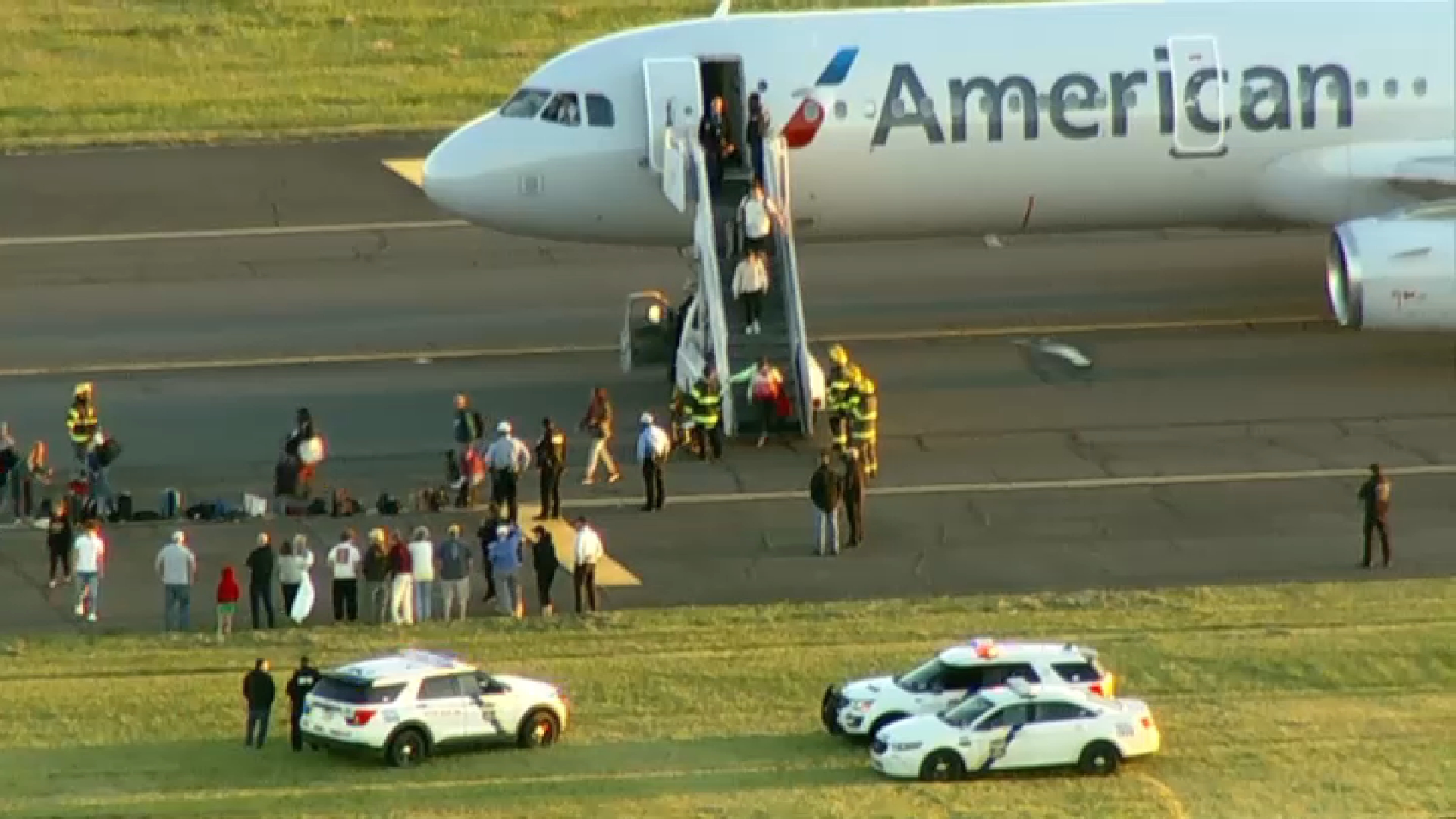The pilots in the plane crash that killed philanthropist and Philadelphia Inquirer co-owner Lewis Katz and six others last month may not have performed required pre-flight safety checks before the airplane skidded off the runway and burst into flames during takeoff, according to a preliminary report issued today by federal investigators.
Investigators are focusing on pilot error in their ongoing probe into the late-night March 31 crash, which no one on board survived. The report suggests that the pilots did not go through a mandatory checklist to see if critical flight controls of the airplane, used during liftoff and flight, were working.
“The big thing here is that the crew failed to perform all the pre-flight activities,” said former National Transportation and Safety Board (NTSB) investigator Greg Feith. “So they (the NTSB) are going to be looking at the flight crew to understand why.”
The jet, a Gulfstream IV, crashed into a ravine and burst into flames when the pilots attempted to abort their takeoff from Hanscom Field in Bedford, Massachusetts.
According to the preliminary report, which the NTSB stresses is subject to change and may contain errors, a critical part of the airplane needed to lift the jet off the ground -- the elevators -- didn’t work because they were locked into position.
Local
Breaking news and the stories that matter to your neighborhood.
Earlier in the day when the crew landed and parked the jet at the Bedford airport, they put on the gust lock, which prevents key parts of the airplane, like the elevators, from getting damaged by wind.
When the crew got ready to depart Bedford for Atlantic City, the gust lock needed to be disengaged so those movable parts needed to fly the plane, would work. The crew would have known this, Feith said, if they had performed all the items on their pre-flight checklist.
“This is where accident investigations get really complex, because it involves the human element,” Feith said, “And you can’t ask them, ‘What was the issue?’”
Expert opinion differs about whether the crew released the gust lock or not because the preliminary report states, ‘The gust lock handle, located on the right side of the control pedestal, was found in the forward (OFF) position, and the elevator gust lock latch was found not engaged.”
Aviation expert John Cox, an analyst for NBC News, believes the pilots did disengage the gust lock, and that mechanical failure may turn out to be another key finding in the investigation. He says it’s possible that they released the gust lock, but that for whatever reason, that did not unlock the elevator, which allows the plane to lift off when the pilot pulls back on the yolk.
Feith says it’s more likely that when the pilots realized their flight controls weren’t working and that they couldn’t lift off, they may have started to shut down the jet’s hydraulic system, which would have moved the gust lock into an OFF position.
Both experts do agree that flight control checks before takeoff, would have revealed that there was a problem.
“Why this wasn’t done is an open question,” Cox said. By the time the crew realized their flight controls weren’t working, they had little time to react. “It’s a very, very dangerous place to be. The time to make these decisions is really short.”
NTSB investigators reviewed the cockpit voice recorder (CVR) and the data from the flight data recorder (FDR) and determined that the pilots realized something was wrong after the reached takeoff speed and attempted to lift off.
"FDR data further indicated the airplane reached a maximum of 165 knots (190 miles per hour) during the takeoff roll and did not lift off the runway," the report states. The crew tried to slow the plane down but according to Feith, they were rapidly gaining speed on a relatively short runway.
When the plane ran out of runway and into the ravine, it burst into flames.
The crew had extensive flying experience. Captain James McDowell, had logged 18,500 total flying hours and co-pilot Bauke "Mike" de Vries a total of 11,250 hours. Both pilots completed a Gulfstream IV recurrent pilot-in-command course and proficiency check during September of 2013, according to the NTSB report. At that time, McDowell had 2,800 hours of flight time in the Gulfstream IV and de Vries had 1,400.
Feith said investigators will work now to get a better understanding of the pilots as individuals and also how they worked together as a crew. When pilots don’t survive accidents, trying to figure out what influenced their decision-making can be difficult.
“If you have two people responsible and if one didn’t question the other, you have to dissect. You have to try to find out what distracted them or prevented them from performing these required tasks.”



